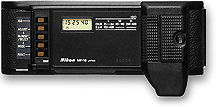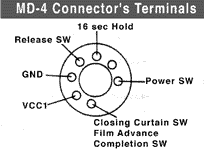Other than the professional grade Motor Drive like the MD-4 or the MD-2 for the Nikon F2 series models, motor drives designed by Nikon for the mid compact models like the MD-12, MD-14 or MD-15 were not provided with a power rewind feature. The MD-4 in this case, is impressive in its performance. Power rewind with Ni-Cd just takes only 4.5 sec for a 36 exposure roll.
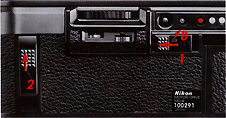 |
|
Immediately the film will start rewinding. When the sound becomes more high-pitched or tension is less, this indicates the leader has been completely rewound back into the cartridge. To stop the rewinding action, push R2 back down and immediately R1 will spring back into its original position. When you perform rewind action R1 & R2, the rewind shaft will project upwards from the centre of the electrical contacts into the camera body to begin auto film rewinding. However, the rewinding feature will activate even if there is no film inside the F3 body.
Note:If the film is automatically rewound in cold weather, static electricity charges may cause accidental exposures resembling lighting bolts to appear on the film. To prevent this from happening, push R1 to the left and rewind the film slowly by hand with the camera's film rewind crank.
 |
|
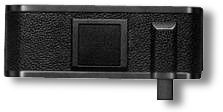 MF-6 has
an upgrade in MF-6B. I don't know the difference between them, mail me if
you do. This is also the standard back for Nikon F3P and F3 High Speed cameras.
|
|
When it relates to electrical contacts, other than the two that are used for Databack and bulk film back. The MD-4 has six electrical contacts that interact with the camera when you remove the motor drive coupling cover. These electrical contacts and mechanical couplers provide for operation with motor drive MD-4 with a F3. It is by way of screw-on type connection to relay signal:
| 1) Closing curtain
signal 2) Electromagnetic shutter-release start signal 3) Film-advance completion signal 4) Power source signal 5) 16 sec.-hold signal 6) Release-metering signal To understand more: Click here |
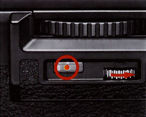 |
|
 |
 |
 |
|
|
Fig 1 |
Fig 2 |
Fig 3 |
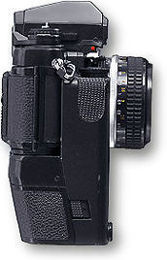 |
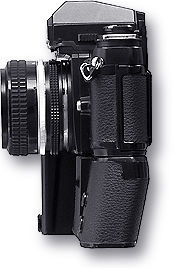 |
|
|
| | | Back to Index of Nikon F3 Models Back to Pictorial History of Nikon SLRs |
|
|||||
|
|||||||
| About this photographic site | Contributions and Credits |
 |
Home - Photography in Malaysia |
